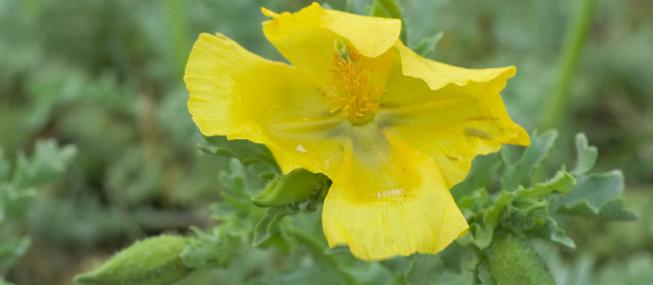The Yellow Horned-poppy is a coastal plant which grows on shingle beaches, cliffs and sand dunes. The golden-yellow flowers appear in June and are followed by the 'horns' - curling seedpods that can be up to 30cm long. When it is broken, the plant exudes a yellow sap which is poisonous.
The Wildlife Trusts look after many coastal habitats for the benefit of plants like the Yellow Horned-poppy, and are working closely with farmers, landowners and developers to promote wildlife-friendly practices in these areas. We have a vision of a 'Living Landscape': a network of habitats and wildlife corridors across town and country, which are good for both wildlife and people. You can support this greener vision for the future by joining your local Wildlife Trust.
